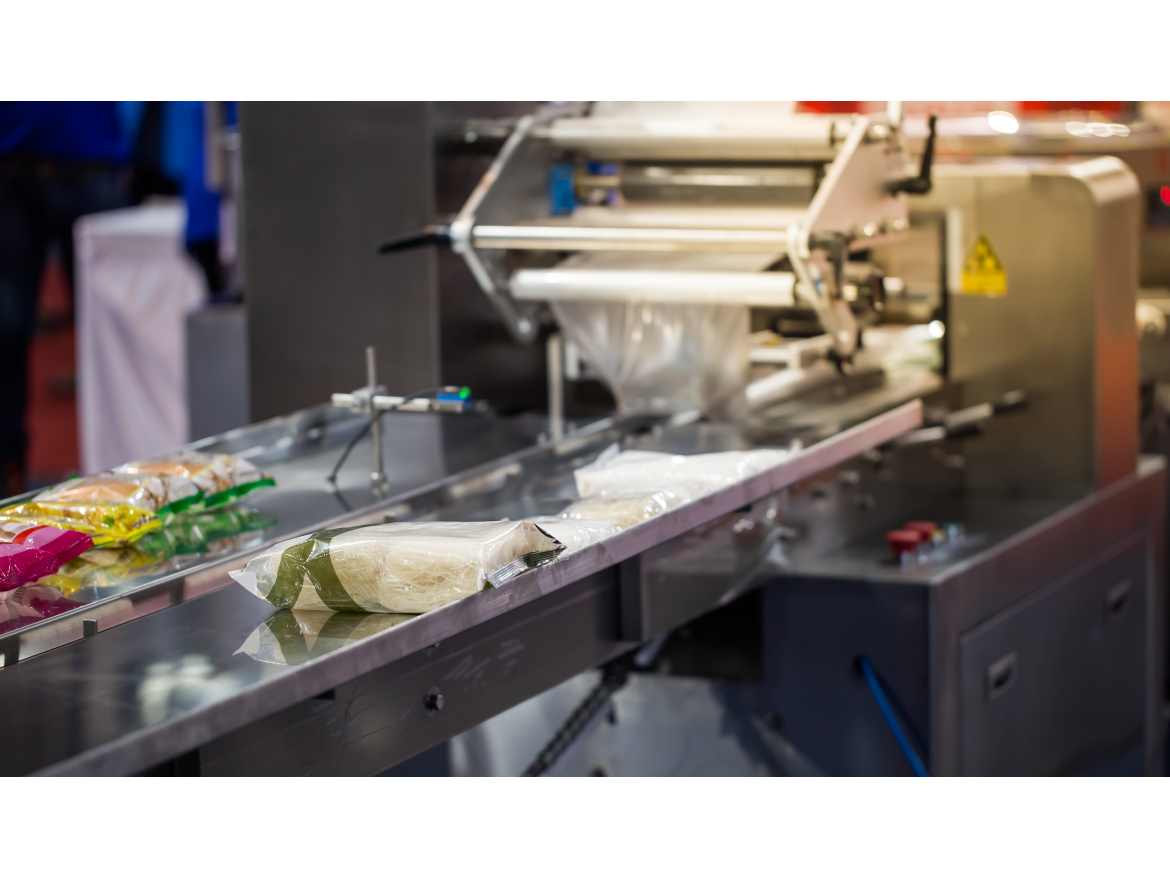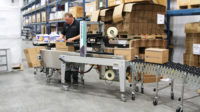The Link Between Automation and Business Growth: When is the Right Time to Invest in Machinery?

To grow or not to grow?
At some point, every SME owner will find themselves asking the above question. It’s a daunting prospect, one in which that owner knows full well that, in order to grow, infrastructure investment is required.
Many new business owners may find themselves in this position right now. The statistics show that there was a record number of start-ups during 2020 — over 407,000 — despite the issues that were faced with the COVID-19 pandemic.
The likelihood is that the funding for such a step is coming from the business, perhaps just a short while after it has made money for the first time. At that stage, there is that decision to make: To grow or not to grow?
To use an analogy — it is like sitting around a roulette table. That business owner has had a few wins to get to the stage they’re at now. Black has come in a few times. Now, they need to decide whether they’re going to put that money back on black again in order to grow what they’ve accumulated.
Just like with roulette, the more you want to grow that business, the more you play so to speak and the higher the stakes become. There is a reason that, typically, it is harder for machinery businesses, like Advanced Dynamics, to sell a grassroots level £7,500 machine compared to a £200,000 full-service filling line to an established firm.
Without beating around the bush, it’s a gamble to invest so much on some equipment, knowing that at worst, it could fall flat. On the other end of the spectrum, you know that the £30,000 the business is turning over could turn to £150,000 in the next year if you get it right.
So, how does a new business owner, who is likely to be spending their life savings in order to take that next step, know it is the right time to take the plunge? Justification. It is then, and only ever at that point, that automation investment as a growing SME is the right thing to do.
Striking the Balance of Entrepreneurial Flair
There’s a lot to be said for entrepreneurial flair, but there’s a balance to be had.
At one end, you have an accountant who will want every penny accounted for before they make a decision. Whereas, if you come from a salesman background, that person is more inclined to go a lot on gut-feeling and do what it takes to win a deal, sometimes without taking the time to weigh a decision.
Making a growth decision fits right in the middle of those two opposites, like a cap screwed onto a bottle. You’ve got to be able to understand commercial figures, but you’ve also got to be able to understand opportunities and take them when they arrive.
Finances in Check
The reality is that a bank or funder will, very rarely, loan money to a new SME for growth purposes and are deemed, rightly or wrongly, as high-risk businesses.
That puts extra emphasis on having the funds yourself and being in a position to take what will be a generous hit on the balance. Realistically, many owners will be putting everything on the line if they pursue a high-risk loan, in the hope they will see it return.
Within the packaging industry, if your investment in machinery is less than £15,000, it needs to be returned in six months time. Anything more than that figure needs to be looked at across a 12-month timeframe.
Don’t mistake that for not making any money during that time — the business can continue to trade in the same way it was previous and is making the same profits while also paying back on the investment that has been made.
Achieve that and you can justify the purchase. If the machine is going to eat into the profits of the business and it’s going to reduce the monthly earnings, your business hasn’t hit the point of growth.
Held Back by a ‘Bottleneck’
In short, when we talk about a bottleneck, we’re talking about something that is holding up a business operation.
As an example, this could be as simple, yet significant, as the capping process taking too long to complete manually. That’s a bottleneck — one that if resolved could make the world of difference operationally and is, often, the barrier to growth.
Addressing that starts a chain reaction. Address the bottleneck and the business can make more products. Once you start making more products, you can commit to making more and taking on larger contracts. This, in turn, leads to more money and company growth.
Know your bottleneck. Understand what you need to do to overcome it.
Automation Isn't Always the Answer
The keyword within this sentence is circumstance. Actually, sometimes, automation is not the answer.
For example, you could be a business owner that makes 50 bottles of product a day. Yes, it can be slow and laborious, manually capping and labelling each one, and there’s no doubt that investing in automation would help that owner more than triple that output in next to no time.
But that investment is not worth it if that business has no intention of growing that 50 bottles a day and hasn’t got the customer base for it. Automation, a lot of the time, is the right thing, but it comes down to cost and thinking.
If you’re only doing that 50 bottles a day, good advice would be to wait, grow the business further, sweat the assets, until you’re at a point of making 700 bottles every day and need a machine to take you to the next level.
The Benefits of Automation are Worth It
It was mentioned at the beginning that, in this position, it is easier for machinery businesses to sell a £200,000 full-service line than a £7,500 grassroots machine. But even with the latter, the benefits of investing are obvious.
The first thing you get is consistency and accuracy. It removes the inaccuracies that come with the human eye and over a longer period of time, investing in a machine will get a job done more consistently, more accurately, and, in most cases, also improve productivity by up to three-fold.
In line with that, it is also freeing up colleagues who otherwise would be doing manual labor work to do more important tasks around the business. If you’re a small supplier making juice cartons, for example, and you’re making 80p per carton, the difference from doubling from 1,000 products to 2,000 products can be huge to a company. Your return on investment on a grassroots machine, at £7,500, can be done very quickly.
Ultimately, everything that has been outlined comes back to one word: Justification.
Whenever we’re talking about that first level of automation, it is important to know whether you’re investing for the right reasons and whether it is justified — and not just because you want to remove an element of labor from the mix.
As a business owner thinking about growth, ask yourself some important questions:
How much product are you making? How many changeovers are required? Have you got the customer base and demand for potential growth? Do you have a bottleneck holding you back? Do you have the finances to back up your decision?
Once you have answers to those questions, you’re left in a reasonable position to say whether a business is ready for automation.
Regardless, there will always be an element of risk in that decision. But, if you’re in a position where you can tick the boxes and confirm, with evidence, that you have the customer-base, if you make more product it will be bought and you have the finances to invest — that is the time to grow.
Visit advanceddynamics.co.uk for more information.
Looking for a reprint of this article?
From high-res PDFs to custom plaques, order your copy today!





